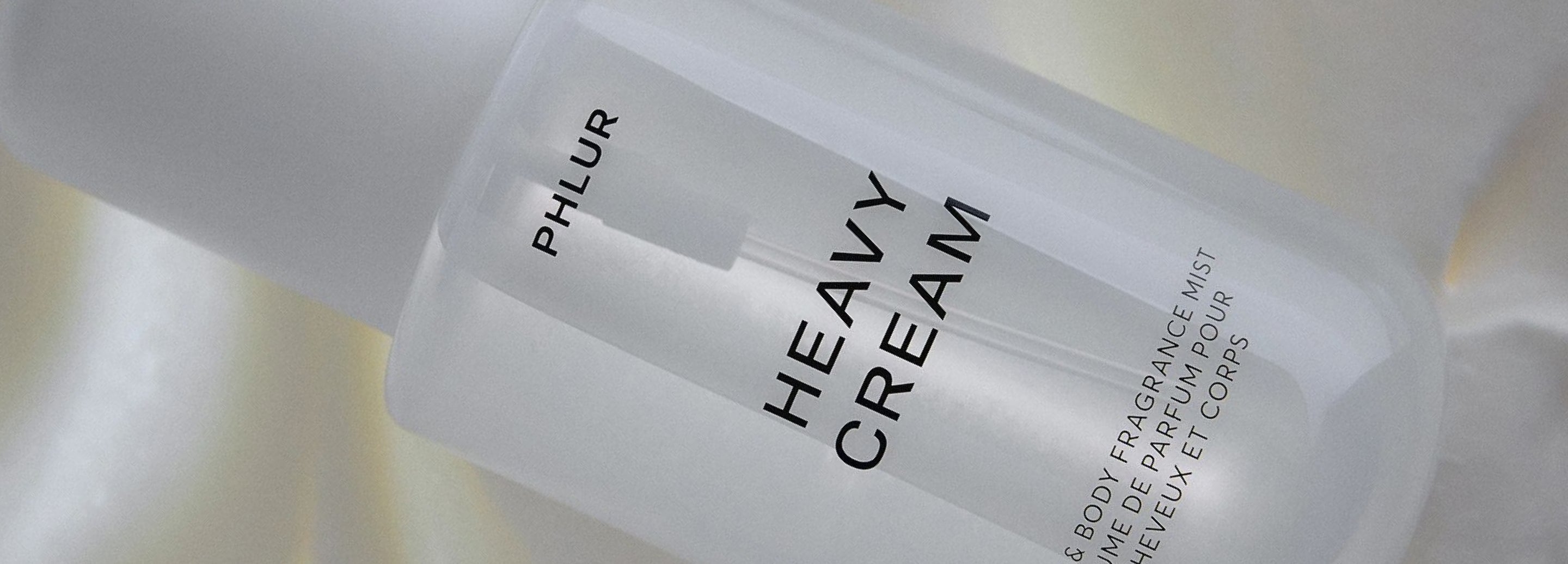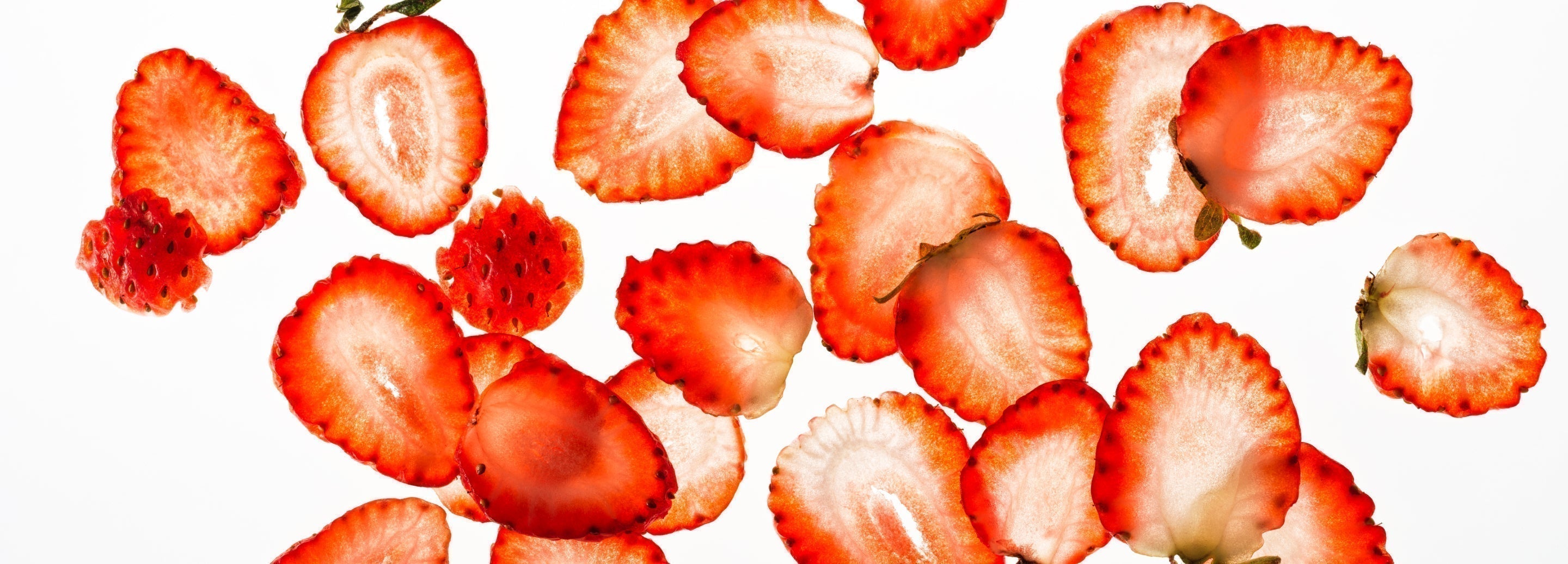If you hear the term “natural”, what immediately comes to mind? That the object of reference comes directly from nature? That it maintains a quality of its original state? At what level is an element from a plant, flower, grain, grass, etc. no longer considered natural?
These can be the questions posed by many who want to incorporate natural elements into a fragrance blend but are challenged by extraction methods, cost, availability and essentially mother nature in creating the many aromatic options consistently and effectively. No official or completely defined definition of the classification “natural” exists for the fragrance industry. The International Fragrance Association or IFRA helps us define the term natural by which an aromatic element is sourced. If a physical extraction method is used to exclusively isolate a substance from an existing natural source, then it would be considered “natural”.
Are “natural” ingredients still utilized in perfumes? Yes, essential oils, fractions of essential oils, isolates, distillates, extracts and volatile concentrates are all utilized in fragrance development today and are from natural sources. Advancements in technology and science have allowed perfumers to replicate many of these essential aromas more efficiently and more cost effectively in a controlled lab environment. The art of fragrance development now incorporates thousands of “natural” notes that would otherwise be unavailable, due to an unattainable natural source, by way of advanced lab created molecules.
With synthetic elements more readily utilized in the art of fragrance development, there emerged the need for consumer reassurance to the "natural" root of an aromatic element in the industry. Now brands, like PHLUR, help educate customers on sustainable processes when incorporating natural elements as well as safe synthetics incorporated in their perfume blends.
- Choosing a selection results in a full page refresh.
- Opens in a new window.




